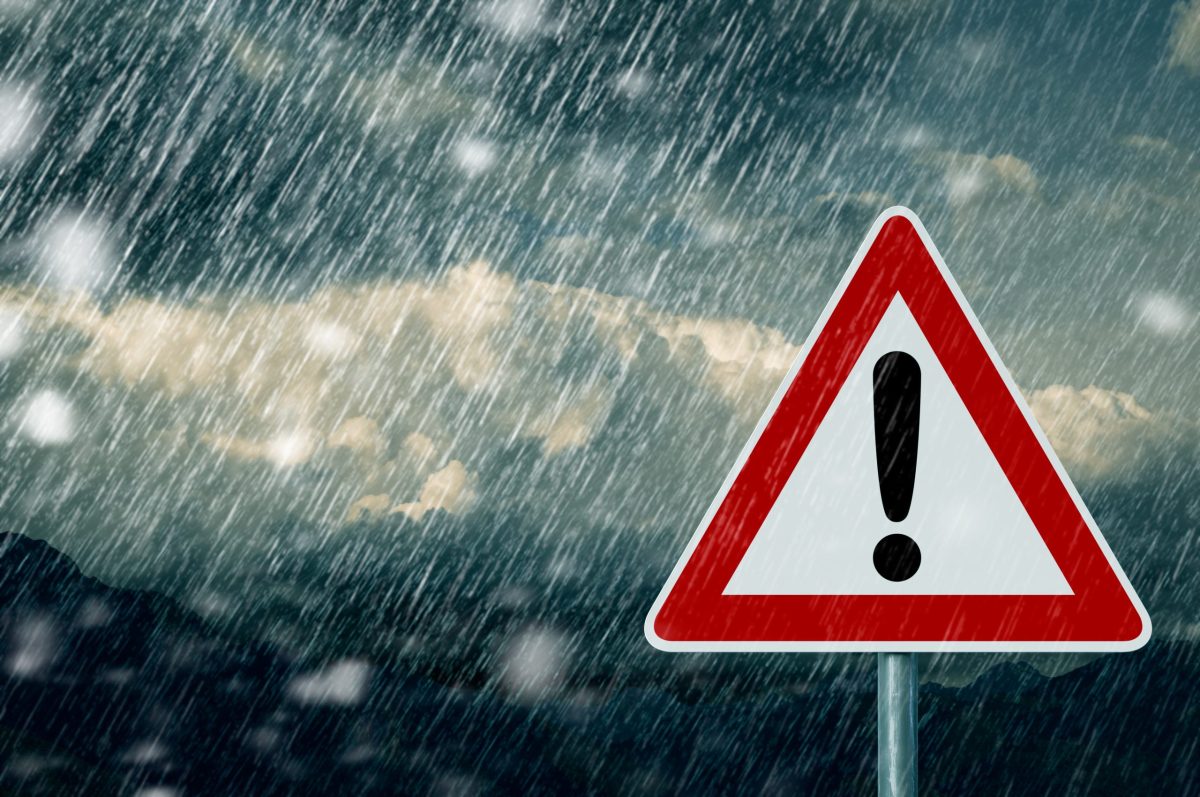Although some of our work is office based, or can be carried out remotely, our data gathering is carried out in-situ. Therefore, surveying is definitely an outdoor activity suited to people who like hiking in rugged terrain and who are used to working in extreme weather. We can literally be working in any location, from urban and coastal to deepest rural. And with the more extreme weather conditions we are getting these days, we never know what we may encounter.
Be prepared, keeping health and safety at the forefront
Location makes all the difference when carrying out a survey – either outdoors or underground – and health and safety is always at the forefront of what we do. Our equipment, such as laser levels and tripods, needs to be transported to be able to carry out our work – so access is an important aspect of any project we carry out.
Weather of course can make a huge difference to access to sites. Rain especially can be very challenging, with site areas and temporary roads churned up. Extensive, heavy and prolonged rainfall can cause havoc on sites with no drainage systems installed yet. If excavations have begun and levels need to be set out or taken, flooding can become an issue too – of partially dug foundations or site slabs. This is exacerbated if the site is near natural water features such as rivers, brooks or lakes. If we are carrying out underground utilities surveys, we sometimes have to overcome the challenges of access to sewer pipes or chambers, for example, that are overwhelmed with water.
Blowing, hot and cold – surveying at height
At the other extreme, very hot weather can cause drought conditions and high temperatures, so very dry ground can be equally challenging. It’s important that technicians are able to work safely and also that they remember some basic rules, such as keeping hydrated, conserving energy and working in the shade where possible. Prolonged hot conditions and heavy site traffic can also cause dust, which can be problematic as both an irritant and filtering into the technical equipment.
Very cold and icy conditions can cause problems too. Safely accessing sites and carrying out work when conditions are subzero are perhaps the most hazardous condition we can encounter in our profession. Frozen ground can make even the most basic tasks, such as carrying equipment onto site safely, a consideration. Plus, apart from anything else, suitably warm attire is needed in addition to our normal site safety kit, of hardhat, gloves and boots.
High winds can cause their own set of issues. While we don’t tend to work at height, when it is windy, we will set the tripod low, with wide legs to withstand the force of the wind.
Health and safety are at the heart of what we do. However, surveyors laugh in the face of extreme weather and are happy to keep going as long as the equipment is functioning, and it is safe to do so. We always strive to meet and manage expectations of what is expected from our professionals in terms of efficiency. In this way, we’ll ensure we provide on time, accurate data – whatever the weather.
For more information about the surveying services we provide, contact us today.








